It won’t be too much to say that we Indians are some of the biggest peddlers and victims of fake news. And it’s not just old people on WhatsApp family groups that have been corrupted by this plague. A lot of us have also time and again, fallen prey to the cycle of fake news.
So, to help you out, we made a list of things you could do to check the authenticity of any news article before you go on about sharing to the masses.
1. If it sounds too good to be true, it probably is.
If you receive any news, even some websites that you trust, that confirms your beliefs or prejudices as rationals would put it, you need to double-check the news. Go to different sources. If what you find is regularly inconsistent in other sources you check, it probably is fake news.
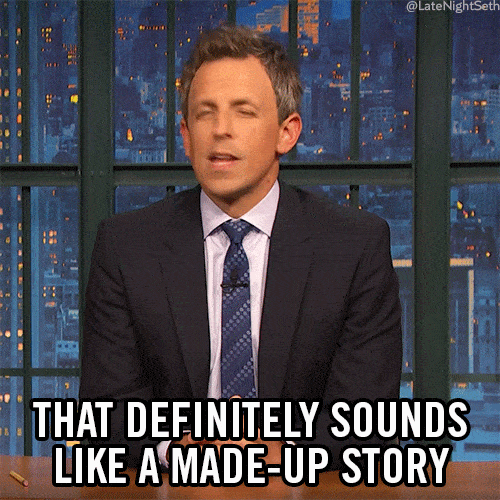
2. Go on with your lives believing that every forward you receive on WhatsApp is just fake.
WhatsApp forwards are quite easily the most common and known peddlers of fake news. Your first instinct on receiving any news on WhatsApp should be to not believe it. But in the case that you feel inclined to believe it, refer to point no. 1. Check it with other sources.

3. Even when you see or read news put together by mainstream media houses, always, always wait till you find a rebuttal to it.
There have many instances of mainstream media houses showing news that were never verified and still have managed to make it to your television sets. In cases like this, you must always wait for fact-checker websites like AltNews, Factchecker or any other portals authenticated by the International Fact-Checking Network.
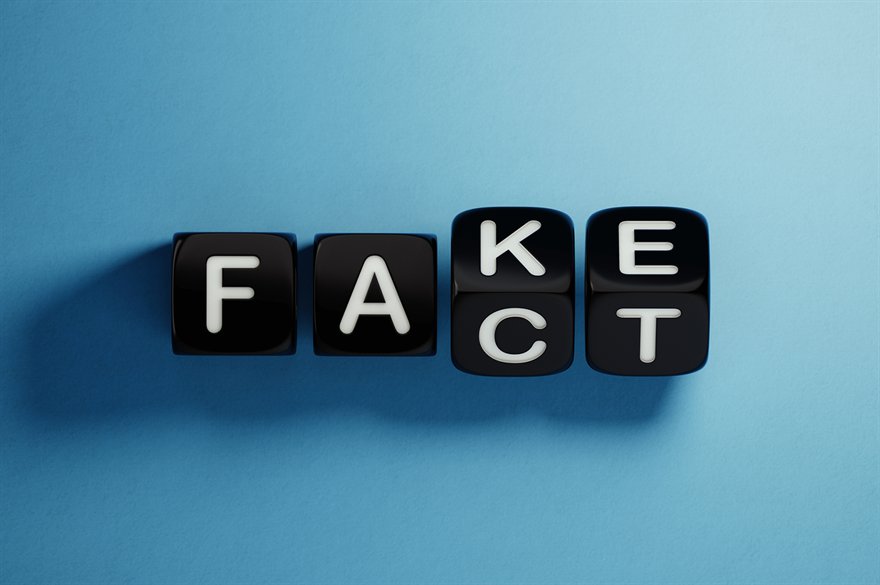
4. Even if the news portal sounds authentic and the article seems genuine, go to the sites’ ‘Contact’ and ‘About Us’ pages.
Sometimes satirical articles can be too good and thus end up confusing most of us. I such cases, checking their ‘Contact’ and ‘About Us’ pages would allow you to see disclaimers about it being satire.
If the website lacks these sections, that’s a red flag. Return and never venture there again.

5. Don’t just read the headline. Read the whole article before you decide to share it.
Often people share these articles based on their clickbaity or attractive and provocative headlines. Has the writer used reliable sources for his information? Have they buried the real story to make it sound more attractive to their readers? Always keep this in mind. After all, like everything else, this is just a business.
Mind you, if the sources come from random social media posts, it’s most definitely fake news. So make sure you go through everything before sharing it, especially if you have a plethora of followers.

6. If any article you read seems grammatically off, then it is most definitely not a reliable source of information.
This is the biggest telltale sign. Reliable news portals don’t hire people who can’t spell or write grammatically incorrect sentences in whatever language they are writing. Be sceptical of an abundance of spelling or grammatical errors, or if the writer uses caps lock.
Editors in reliable news portals discourage writers from using Caps Lock to emphasise something and the copies that come out if it would have been edited well to make sure there are no such errors.

7. Always check for quotes in any news article you read.
One of the signs of credible journalism is the presence of quotes. Whenever a journalist does, what we call an original story, an exclusive story, they get a lot of quotes from whoever they are talking to. This allows the readers to read up on the person to whom these quotes belong.
So if there’s a lack of quotes, be very sceptical of the article. And even if there are quotes, do a little Google search about the person to whom the quotes belong. Now, the golden rule still stands here – check for multiple sources.

8. Anyone who’s ever been to a respected journalism school will tell you, ‘if you are not criticising the government, then you’re just PR’.
Journalism is the fourth pillar of democracy. Its literal job is, to tell the truth, and criticise the authority. Now that doesn’t mean that it can’t appreciate good decisions, but if a media house has been too appreciative, then smell the shit and change the channel.
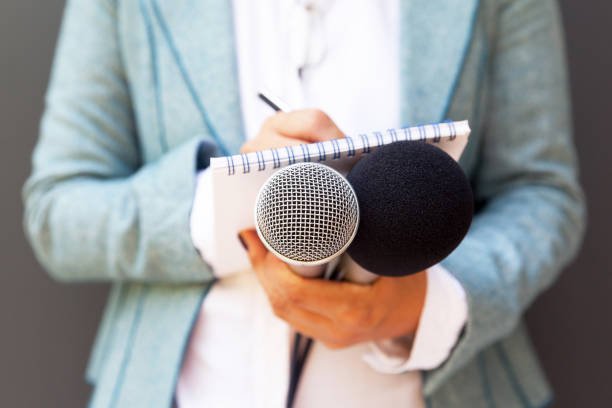
9. Look closely at the URL, the link of the article you’re reading.
Often fake news portals will use names of reputed news organisations to trick you but because the actual URLs are legally owned by said authentic portals, they have to add an extra bit of text in the end.
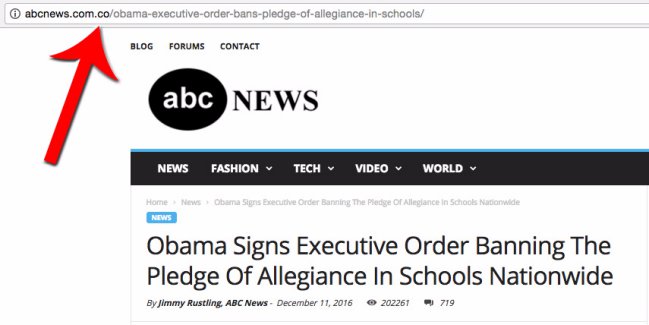
The above image is that of a fake news portal using the name abcnews.com but is legally bound to use ‘.ca’ in the end. It’s very much like when you trying to save some document on your computer but since name already exists, so the device automatically saves it with a (1) in the end.
10. Take good hard look at the photos. A little ‘Search Google For Image’ could clarify your doubts.
More often than not, fake news comes in the form of random memes. Or sometimes they will come with captions. What you need to do in either of these cases is simply do a reverse Google search. Right-click and search Google for image. Simple.
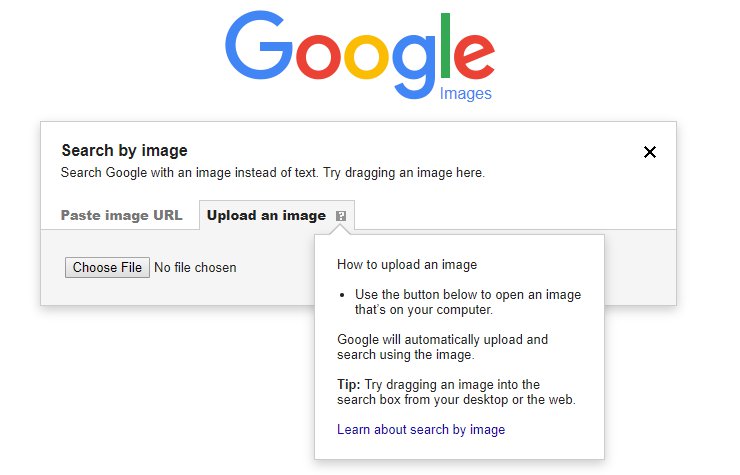
It’s the easiest way to track down an image to its source. This works even if the images have been photoshoppd.
11. Carefully look at the timeline of events. Remember how when you tell a lie and someone asks you to repeat it later, you seem lost for minute details?
Fake News is just lies told on a mass scale. So apply the same logic. There will always be inconsistencies in fake news articles. The timelines will not match, the series of events would not make sense or something would just seem off about them.

In times like these, it is absolutely essential that we do not fall prey to fake news for it can actually cost lives. Especially in a country like ours that has been communally charged for a while now.

















